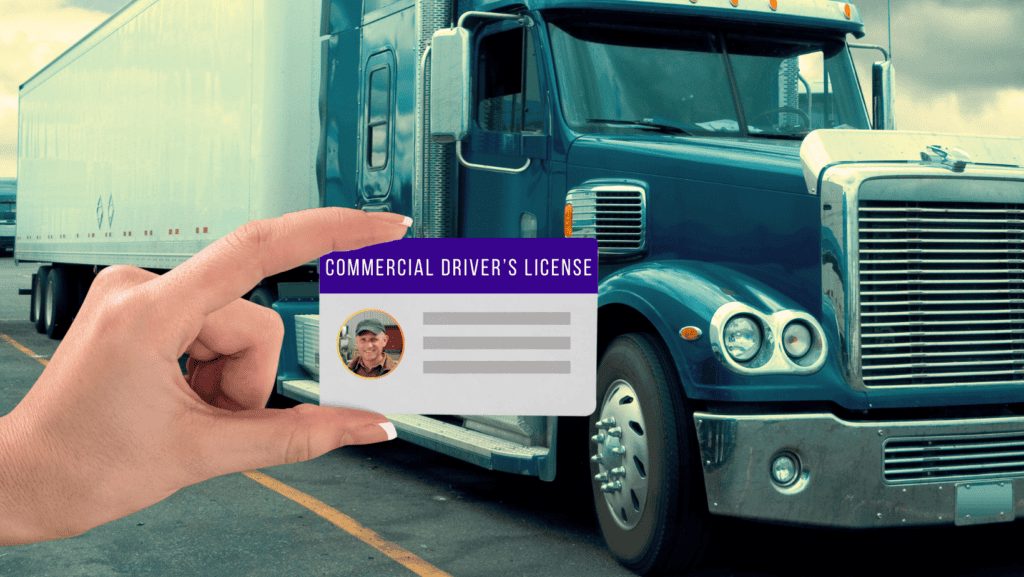In June of 2023, the Federal Motor Carrier Safety Administration (FMCSA) announced an update to its Clearinghouse II Rule. No later than November 18, 2024, drivers with a commercial driver’s license (CDL) or commercial learner permit (CPL) who have a positive drug or alcohol test, or a prohibited Clearinghouse status will have their license downgraded.
So, what does this mean for you and your employees? Let’s break it down.
What is the FMCSA Clearinghouse?
The FMCSA Clearinghouse is a secure online database that provides employers, state driver licensing agencies, and law enforcement with real-time information about CDL drivers’ drug and alcohol program violations.
To comply with FMCSA guidelines, employers must:
- Query the Clearinghouse for drug and alcohol violations for both current and prospective employees before allowing them to operate a commercial motor vehicle (CMV) on public roads.
- Conduct annual queries for each driver they currently employ.
Failure to comply with drug and alcohol Clearinghouse regulations can result in fines of up to $5,833 per violation.
As of August 2024, the Clearinghouse reported that 81% of violations were positive drug tests, accounting for 175,650 drivers with a prohibited status.

What does this new ruling mean?
Under current regulations, when a CDL/CLP holder tests positive for drugs or alcohol—or refuses a required test—they are placed in a “prohibited” status. This status indicates non-compliance and raises safety concerns for the public.
Previously, a driver’s CDL/CLP could still appear valid on a Motor Vehicle Report (MVR), potentially allowing them to operate a CMV despite their prohibited status. The new rule addresses this issue by requiring drivers with a prohibited status to face immediate downgrades, removing their commercial driving privileges.
Once downgraded, drivers must meet the reinstatement requirements, including completing a Substance Abuse Professional (SAP) assessment and follow-up testing.
Only those who fulfill all requirements will be eligible for CDL/CPL reinstatement, ensuring drivers demonstrate a commitment to safety and responsibility before returning to commercial driving.
What does this mean for employers?
With the new ruling, employers must monitor their drivers’ Clearinghouse status by running regular limited queries on each driver to check for any records of violations and, if necessary, conduct full queries.
Additionally, frequent MVR checks can prevent unexpected CDL/CLP revocations tied to Clearinghouse-II regulations. By integrating MVR Monitoring technology into your safety program, you can receive near real-time alerts on critical changes like suspensions, DUIs, or license downgrades. (The information reported varies by state; please contact us for specifics.)

Educating your drivers on Clearinghouse-II
Educating your fleet about Clearinghouse-II and FMCSA regulations is critical to maintaining compliance and preventing costly disruptions. Ensure all CDL/CPL drivers are fully aware of the consequences of non-compliance, such as losing their commercial driving privileges.
Regular training sessions should emphasize the importance of adhering to drug and alcohol policies, keeping records updated, and understanding how violations can lead to immediate suspensions.
Streamlined driver compliance
The Clearinghouse-II Final Rule enhances safety by monitoring drivers with drug and alcohol violations, ensuring they are held accountable. This helps prevent high-risk drivers from operating commercial vehicles, ultimately fostering safer roads for everyone.
Need help ensuring safety and compliance? Explore how our MVR Monitoring technology and tools, such as Fleet Training, DQF Manager, Electronic Consent Forms, and more, can help you maintain a safer, more compliant fleet.






